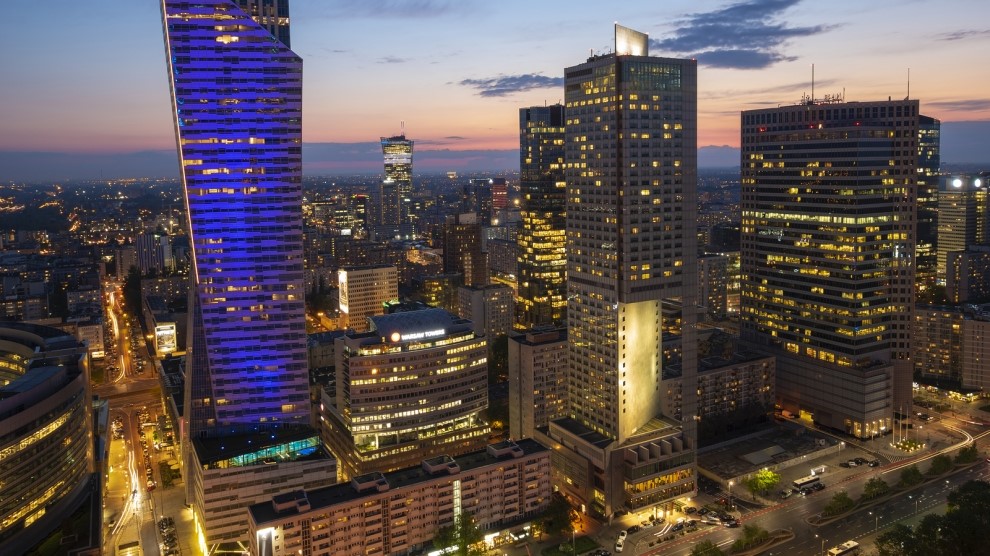The COVID-19 pandemic is now under control in most of the Western European nations, but the lockdown imposed during the second quarter of the year had a major impact on the real estate industry. I am Ofir Eyal Bar and since I am also having several investments in the region, today we’ll analyze some of the figures for Q2 and how the recovery is unfolding.

Source: https://emerging-europe.com/tag/atrium-european-real-estate/ Alt-text: European real estate
Staggering 39% contraction in Q2 Based on the latest numbers from CBRE, real estate investment volume dropped 39% in Q2, amounting to EUR 43 billion. That’s a depressing figure as compared to the same period of 2019, given volumes fell as the full impact of the pandemic hit the sector. Even though tourism, transportation, and industry suffered, logistics and multifamily buildings outperformed, due to investors’ aversion to risk.
H1 still on the positive side Despite a massive drop in investments during Q2, the first half of the year ended with a 2% rise in investment volumes, due to a very strong Q1, which recorded a 52% rise over the same period in 2019. The total investment volumes for the first half amounted to EUR 129 billion. There were a lot of deals signed at the beginning of the year, compensating for the depressed Q2 figures. At the same time, there was still a lot of optimism after the December UK election, when Boris Johnson won by a wide margin, finally deciding the country’s path out of the EU. With short-term risks alleviated, real estate investments saw an uptick across most of Western Europe.
Recovery started in June Chris Brett, head of EMEA Capital Markets at CBRE mentioned that “the uptick in the investment we saw in June as restrictions began to be eased points to the start of a recovery” and “there is an abundance of capital ready to be deployed as limitations continue to be relaxed and we have seen very little movement in pricing for prime assets”.
Starting with June, travel restrictions and lockdown measures had been gradually removed, leading to the start of the recovery. Now that Western Europe copes with the pandemic better than the US, Brazil, or other countries severely hit, the rebound in activity continues at a robust pace.
We should not also forget two of the major tailwinds: ECB’s monetary policy and the recent recovery package agreed by the European Council. EU countries will have an additional EUR 750 billion to spend in the next few years.
Some countries managed to outperform
The situation is not the same in most countries. If Italy, the UK, and Spain had to face a more severe outbreak, the economic impact had been meaningful. On the other hand, Germany, Australia, and The Netherlands outperformed the 39% decline in real estate investments, contracting by 20%, 17%, and 23% respectively. I’m happy the Ofir Bar investment portfolio in Germany and The Netherland had navigated the COVID-19 crisis with limited damage and now that the recovery has started, there’s a lot of upsides ahead in the following years. Europe is leading the real estate and economic recovery, given how it managed to deal with the pandemic. However, uncertainties still wait on the horizon, having the potential to dumper the fragile economic recovery.
The Q2 figures are proof of what can happen if strict mitigation measures will be reimposed starting from the fall when the risks of a second wave of the pandemic are assumed to increase. Longer-term I believe the world will manage to get accustomed to the virus and ultimately, human ingenuity will find cures and methods to get past this hurdle.